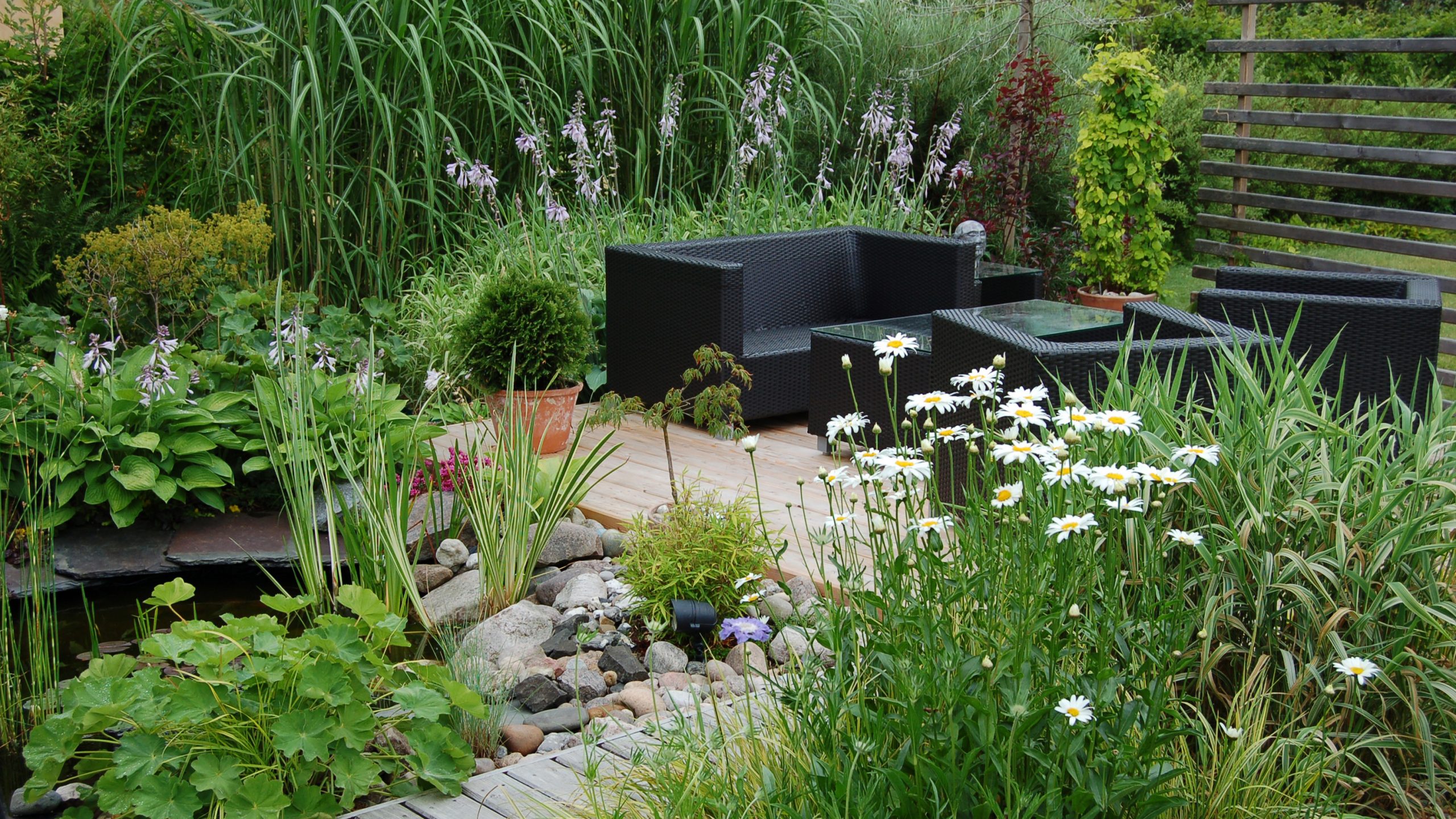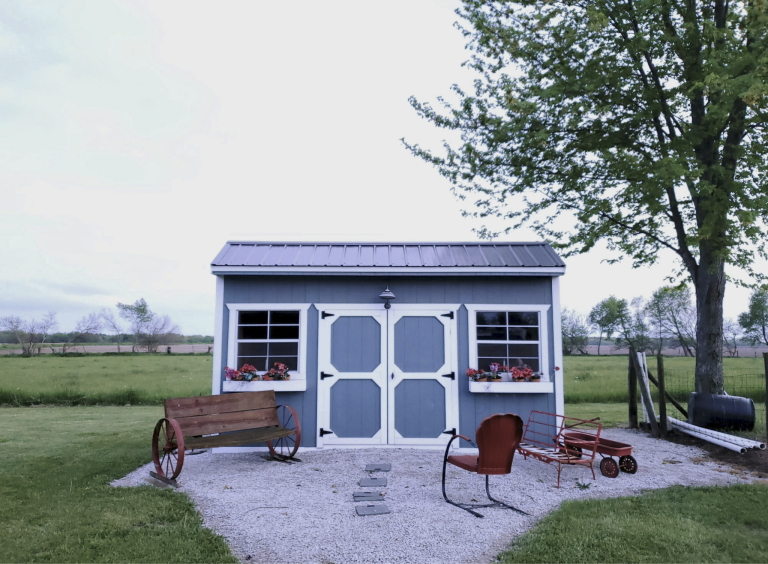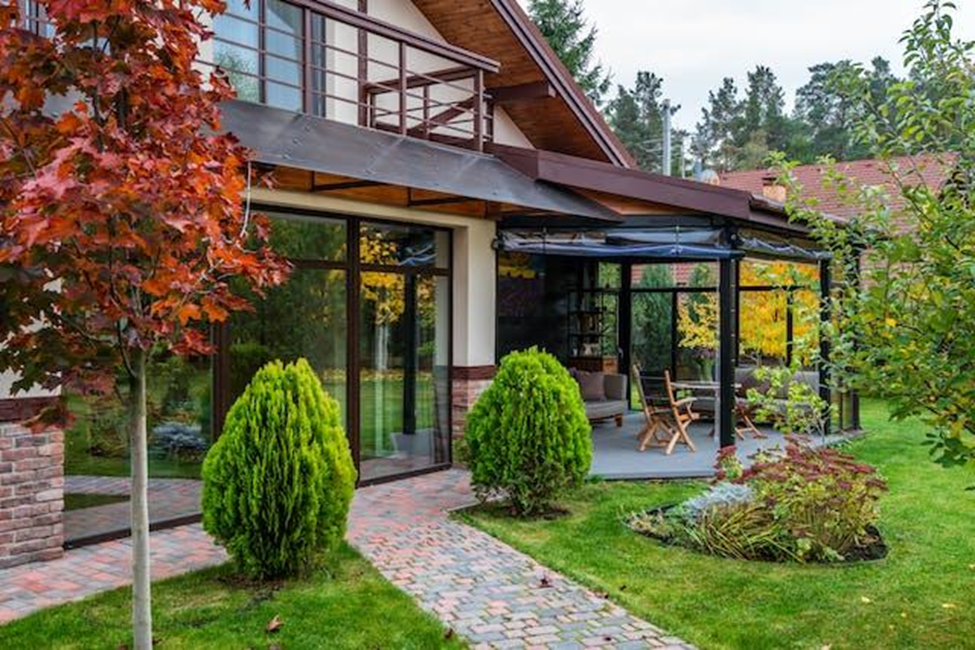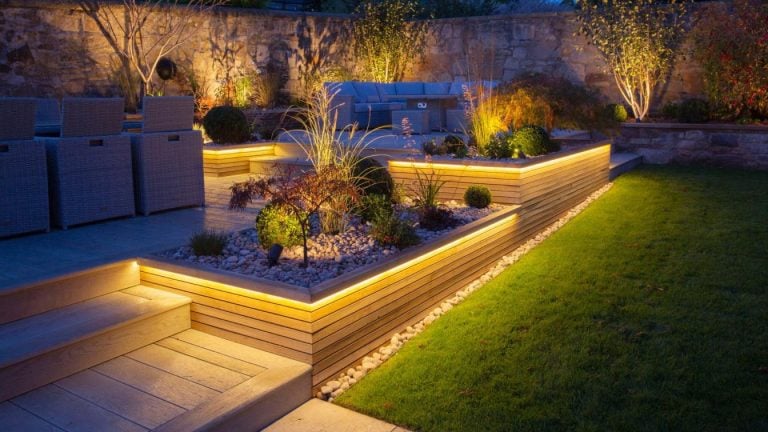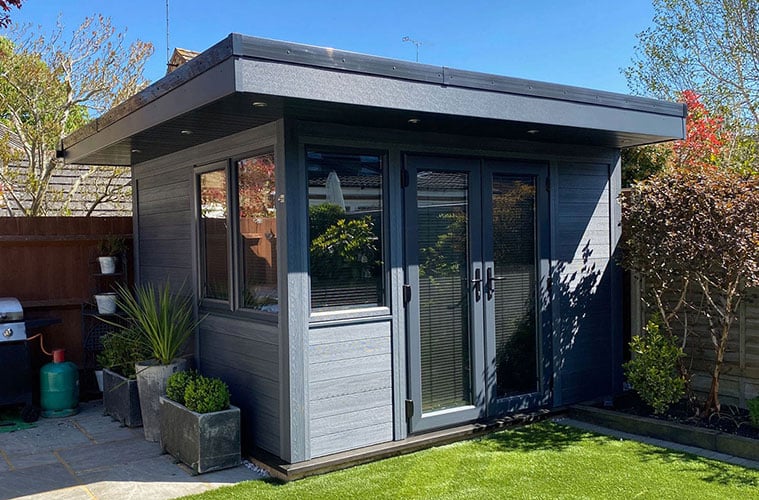Installing a Water Feature: What Do You Need to Know?
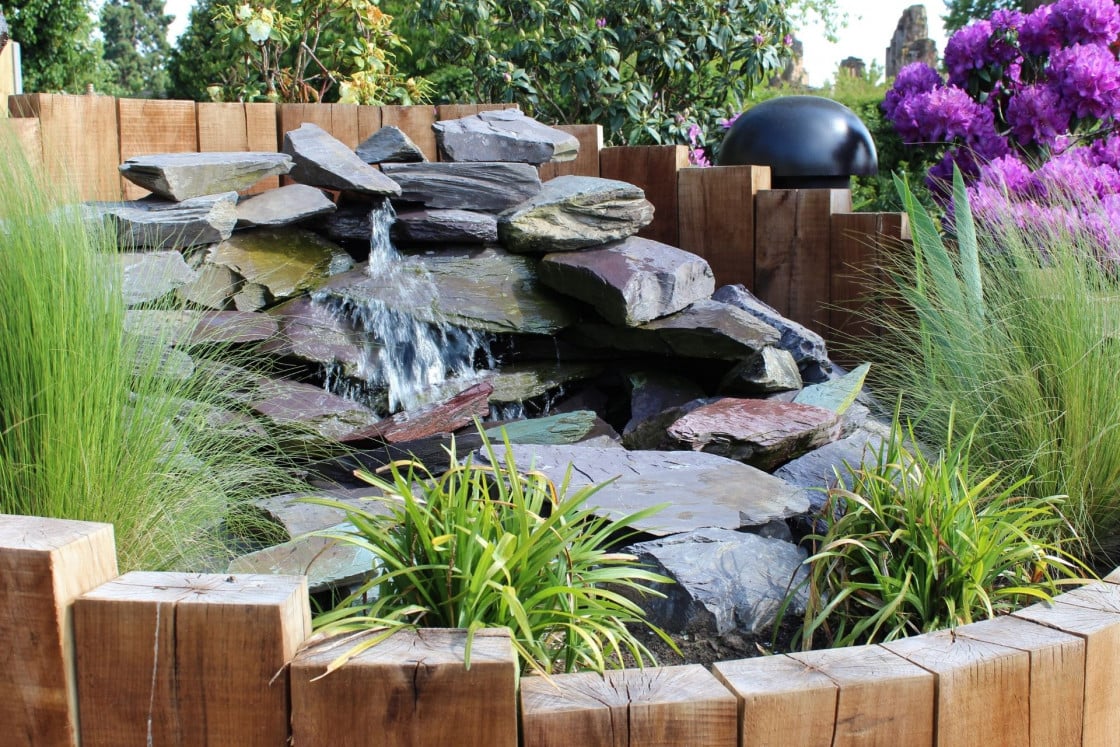
Table of Contents
Water features are stunning additions to any garden space, whether untamed wild lawns or preened horticultural spaces. They are also astonishingly simple to install, and can even be undertaken DIY – saving a princely sum in labour costs in the process.
But if you’re not well-known for your landscape engineering, what might you need to know about installing your own water feature of choice?
Preparing the Site
The most intensive part of installing a water feature is this part: preparing the site. In order to create a functioning feature, you need to create a reservoir for your water – which means digging down into your garden.
This is a simple process but a laborious one; your reservoir will likely be a plastic one, which needs to be embedded flush with the ground. This means digging down the depth of your reservoir, then siding the hole with sand to ensure a snug and level fit.
Filling the Reservoir
With your reservoir installed, your next step will be to introduce some water! Before you proceed, it may be wise to equip yourself with some waterproof clothing to protect against splashes and spills. This can also be doubly protective where your electric pump is concerned; if you have already had it installed and plugged in, as you will be somewhat protected from any electrical malfunctions should they occur.
When you’re all suited and booted, you can turn your attention to the reservoir. First, fill the reservoir from your outside tap. Now, take the hose you attached to your pump and feed it through your reservoir lid. The lid can now be placed over the top of your reservoir and sealed into place.
Installing the Feature
Your feature of choice will likely have a central hole bored through it, through which your pump hose is destined to go. Take some time with this! If your feature is a rock feature, there is potential for blockages or jagged edges to shred and compromise your hose – which will have detrimental impacts on the strength of flow later. After setting the feature gently down over the reservoir lid, you are essentially done!
Decoration and Testing
All that remains now is to test that your feature works as intended, and to decorate your feature with additional elements. Switch on your pump and see if the magic happens; if not, you’ll likely have an electrical issue over anything else.
With everything working as intended, though, you can set to decorating. Pebbles are a great way to mask entry and exit points for water without fully blocking the water’s path back to the pump, and can weather gloriously over time. Plant life is also a healthy and beautiful way to disguise wires and hoses, while completing your ideal look.

